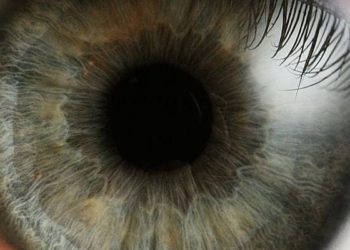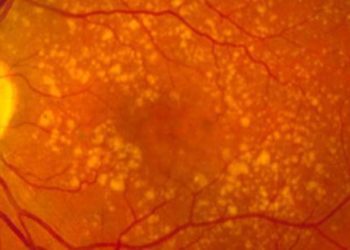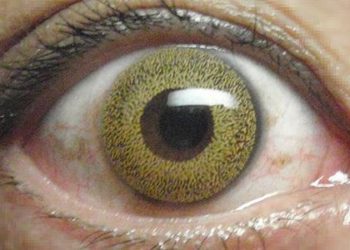Environmental exposure associated with increased risk of exfoliative glaucoma
Image: PD
1. A significant association was observed with patients who were exposed to the outdoors for over 11 hours during the high school to 24 year period.
2. Although not statistically significant, females living closer to the equator who spent significant amount of time outdoors were found to have a stronger association with exfoliative glaucoma compared to those living further away.
Evidence Rating Level: 2 (Good)
Study Rundown: Exfoliative glaucoma is a type of secondary glaucoma leading to optic nerve damage. The disease process has been noted to be more common among patients residing a greater distance from the equator. This study aimed to understand whether increased exposure to sunlight was associated with exfoliative disease within the US. Interestingly, the authors discovered that among men and women above the age of 60 years, extensive exposure to sunlight during the high school to 24 years period was significantly associated with the development of exfoliative glaucoma. In addition, those females that lived in southern latitudes were more strongly affected by this increase in sunlight exposure. These findings seem to suggest that greater exposure to the sun, which is a metric for exposure to various climactic forces, may play a role in the pathogenesis of exfoliative glaucoma. Strengths of the study include the use of robust data set cohorts with strong follow-up. Limitations include the difficulty in eliminating confounders from sunlight exposure. In addition, patients did not receive repeated eye exams to confirm diagnoses. Nonetheless, the study appears to highlight further the role of environment on the development of exfoliative glaucoma.
Click to read the study in American Journal of Ophthalmology
Relevant Reading: Demographic and geographic features of exfoliation glaucoma in 2 United States-based prospective cohorts
In-Depth [retrospective study]: In this study, over 60,000 patients from two national cohorts above the age of 60 years were surveyed regarding average time spent outdoors in direct sunlight during three distinct periods of their lives (high school-24 years, 25-35 years, 36-59 years). Participants were followed over 25-30 years and assessed for the development of glaucoma. While outdoor exposure during the later two periods did not affect the risk of exfoliative glaucoma, a significant association was observed with patients who were exposed to the outdoors for over 11 hours during the high school to 24 year period (pooled multivariate rate ratio 2.00, p=0.001). Females who lived in southern latitudes were found to have a stronger association with exfoliative glaucoma as well, compared to those from northern latitudes (p=0.07). Exposure to sunlight and other climactic components may have an important role in the development of exfoliative glaucoma.
More from this author: Argus II retinal prosthesis significantly improves spatial vision in blind patients, Artificial cornea is well retained in patients with ocular surface disease, High prevalence of undiagnosed glaucoma in West Africa, Interferon therapy is superior to methotrexate for uveitis, Rho kinase inhibitor safely reduces intraocular pressure
©2012-2014 2minutemedicine.com. All rights reserved. No works may be reproduced without expressed written consent from 2minutemedicine.com. Disclaimer: We present factual information directly from peer reviewed medical journals. No post should be construed as medical advice and is not intended as such by the authors, editors, staff or by 2minutemedicine.com. PLEASE SEE A HEALTHCARE PROVIDER IN YOUR AREA IF YOU SEEK MEDICAL ADVICE OF ANY SORT.







